15 Smart Household Essentials Every Frugal Person Swears By

Living frugally doesn’t mean sacrificing comfort or convenience – it’s about making smart choices that save money over time. Savvy shoppers know that investing in the right household items can dramatically reduce daily expenses while creating less waste. These 15 essentials have earned their place in budget-conscious homes by paying for themselves many times over through years of reliable service.
1. Slow Cooker
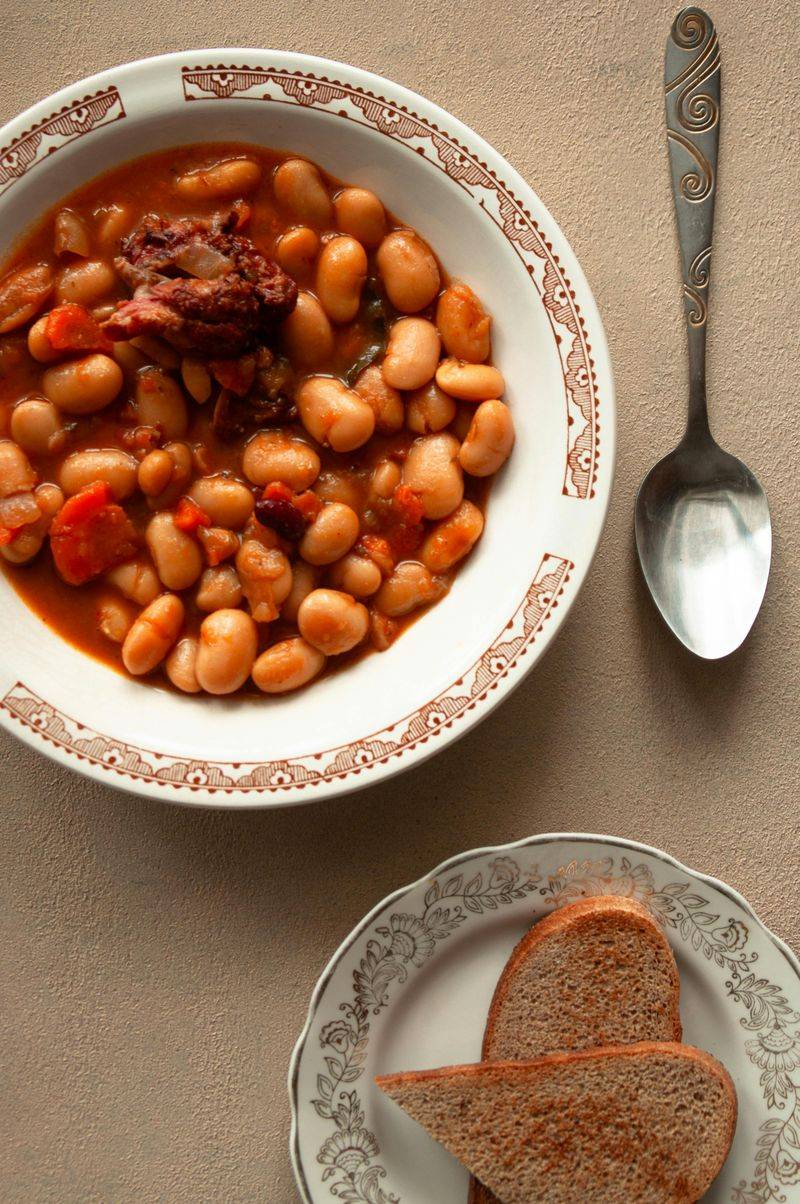
Nothing transforms inexpensive cuts of meat into mouthwatering meals quite like a slow cooker. Simply toss in ingredients before work, and return to a delicious dinner ready to serve – no expensive takeout needed!
Budget-conscious cooks rely on this versatile appliance for everything from hearty stews to overnight oatmeal. The energy efficiency adds another layer of savings compared to conventional ovens.
Many frugal families prep multiple slow cooker meals on weekends, storing them in freezer bags until needed. This time-saving strategy prevents impulse food purchases and stretches grocery dollars further than you might imagine.
2. Home Coffee Station

Coffee shop devotees often spend $1,000+ yearly on their caffeine fix. A quality home brewing system pays for itself within months while delivering consistent morning joy at a fraction of the cost.
French presses offer incredible value with minimal counter space requirements. For espresso lovers, stovetop Moka pots create rich coffee without the four-figure price tag of fancy machines.
Buying beans in bulk and grinding them at home maximizes freshness while minimizing expense. Many budget brewers find that a simple thermos keeps coffee hot all day, eliminating the temptation for afternoon coffee runs that drain wallets unnecessarily.
3. Refrigerator Inventory System
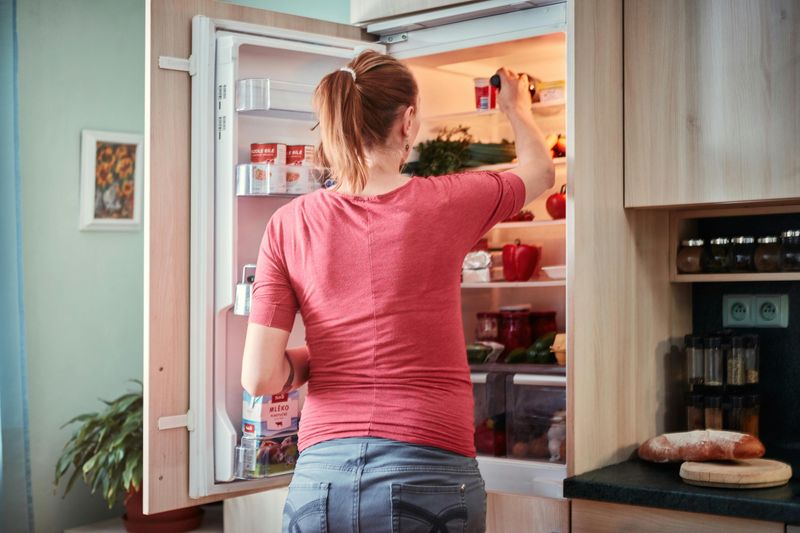
Americans throw away nearly 40% of their food, essentially tossing grocery money directly into the trash. A simple whiteboard or clear container system transforms refrigerator chaos into organized savings.
Frugal households keep an “eat first” bin prominently placed for foods approaching their prime. This visual reminder prevents forgotten produce from becoming science experiments hidden in crisper drawers.
Weekly inventory checks before shopping trips prevent duplicate purchases and inspire creative meals using what’s already available. Some budget masters take photos of their fridge contents before shopping trips as quick reference guides against unnecessary purchases.
4. Reusable Cleaning Cloths
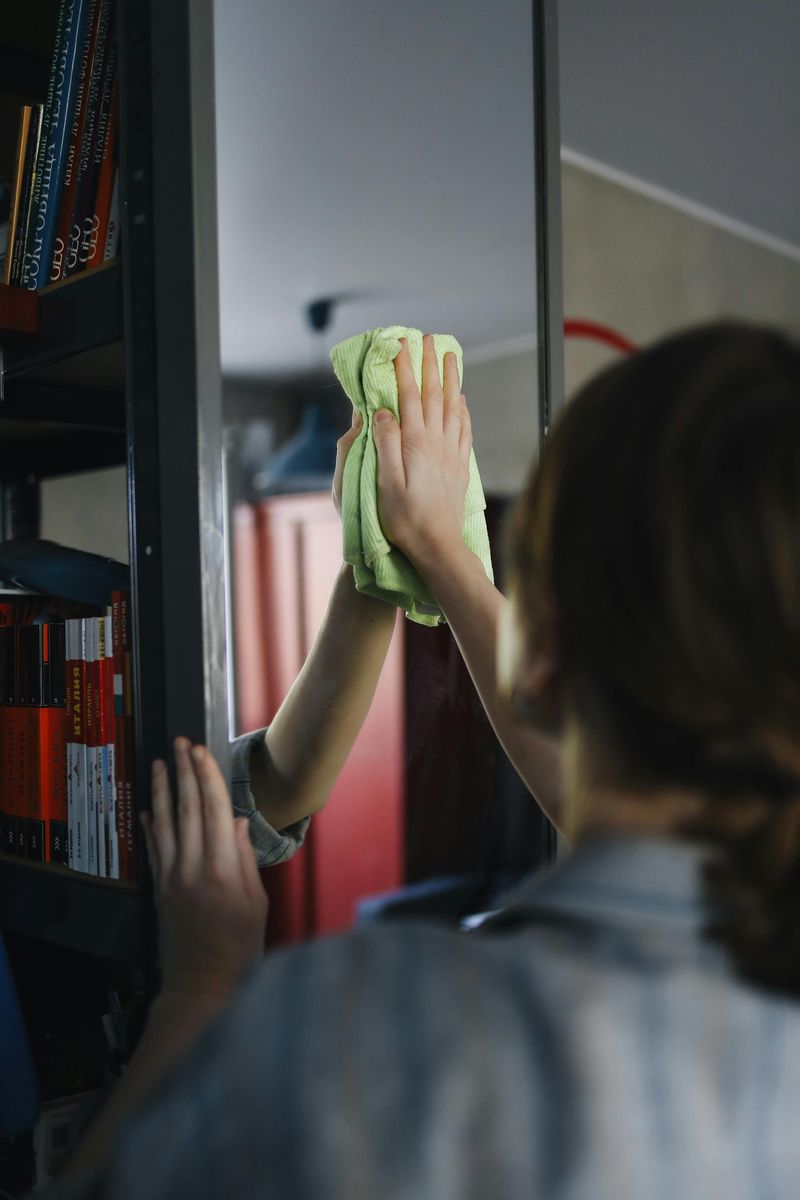
Former paper towel addicts marvel at how quickly reusable cloths pay for themselves. A single set of microfiber cloths can replace hundreds of paper towel rolls over their lifetime, keeping both trees and cash in your pocket.
Smart households maintain separate colors for different cleaning zones – blue for bathrooms, yellow for kitchens – preventing cross-contamination. Old t-shirts and worn-out cotton clothing make excellent free alternatives when cut into usable squares.
Washing these cloths with regular laundry adds virtually no cost to your utility bills. Many frugal homeowners keep a small container under the sink for used cloths until laundry day.
5. Food Storage Container Collection
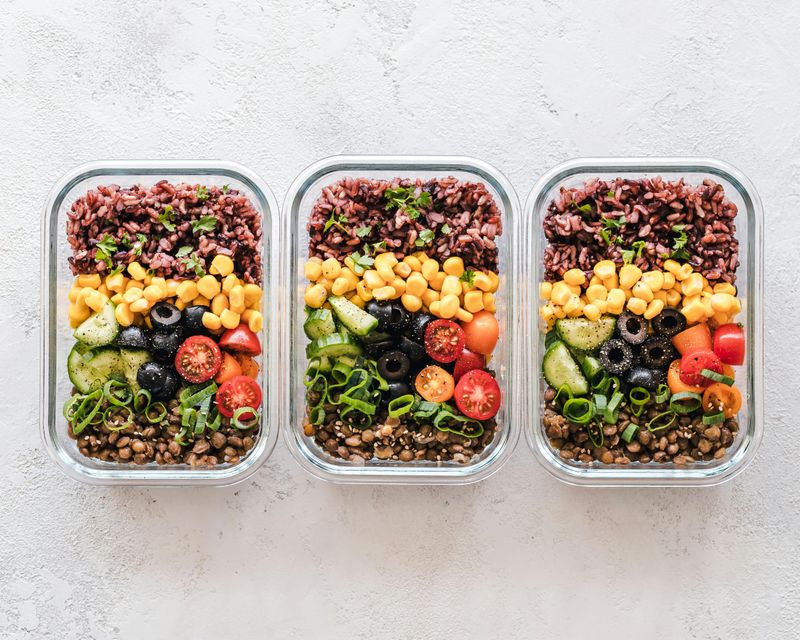
Restaurant portions often provide two meals for the price of one – if you have proper storage ready. Investing in quality containers with secure lids prevents leaks while extending food freshness, turning yesterday’s dinner into today’s satisfying lunch.
Glass containers resist staining and odors better than plastic alternatives. They transition seamlessly from refrigerator to microwave, eliminating the need for additional dishes.
Strategic container purchasing focuses on nesting sets that minimize storage space. Budget experts recommend standardizing on one brand with interchangeable lids to avoid the frustrating search for matching pieces that wastes precious morning minutes.
6. DIY Cleaning Arsenal
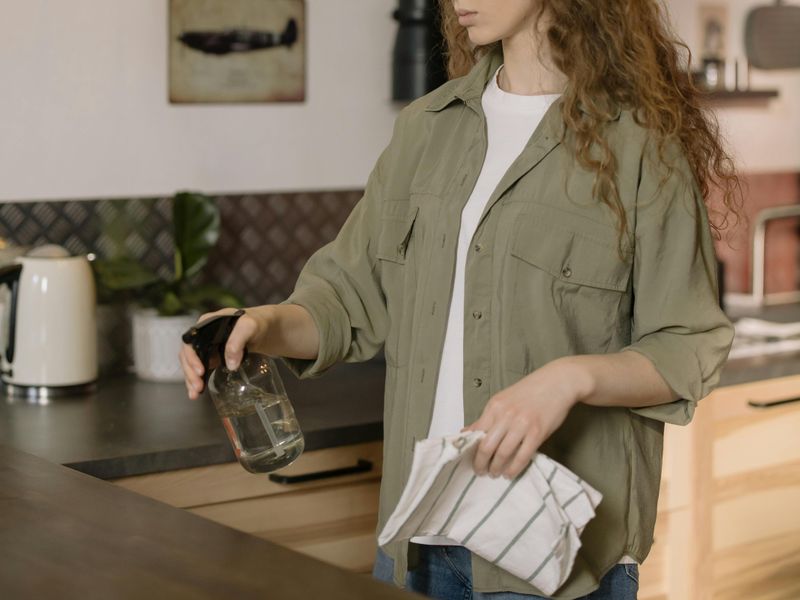
Commercial cleaning products often charge premium prices for simple ingredients mixed with water and fragrance. Budget-savvy cleaners create equally effective solutions for pennies using pantry staples like white vinegar and baking soda.
A spray bottle filled with diluted vinegar handles most kitchen and bathroom surfaces with impressive results. Baking soda creates scrubbing paste for tougher jobs without harmful chemicals.
Adding a few drops of essential oil transforms these simple cleaners into aromatherapy experiences. Many frugal households report saving hundreds yearly while reducing plastic waste and avoiding harsh chemicals that trigger allergies or respiratory issues.
7. Basic Tool Kit
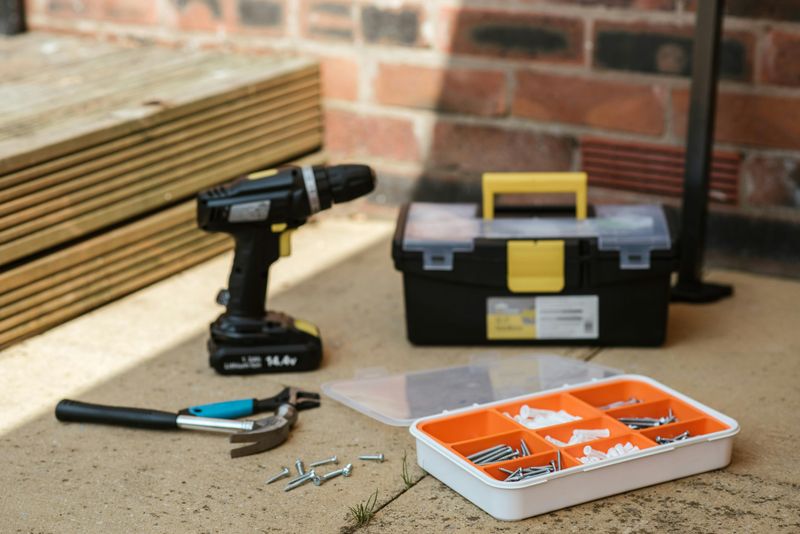
Calling professionals for minor repairs quickly depletes emergency funds. A quality basic tool kit empowers homeowners to handle simple fixes independently, saving both service fees and emergency pricing premiums.
Hammers, screwdrivers, pliers, and an adjustable wrench form the foundation of DIY capability. Adding a cordless drill multiplies repair possibilities exponentially without requiring professional-grade equipment.
YouTube tutorials transform tool owners into capable fixers regardless of previous experience. Many frugal homeowners report that their initial $50 tool investment has saved thousands in potential service calls for tasks like furniture assembly, drywall anchoring, and basic plumbing maintenance.
8. Sewing Essentials
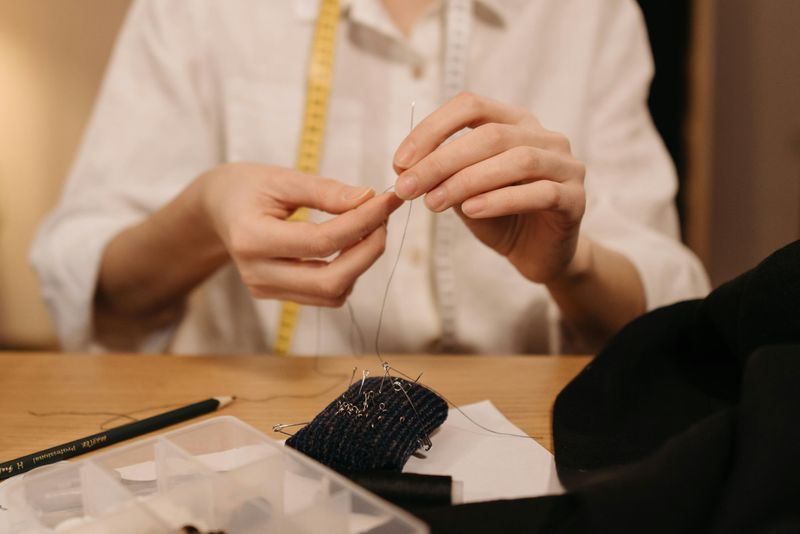
Fast fashion encourages replacing slightly damaged clothing, but a simple sewing kit tells a different story. Mastering basic stitches allows budget-conscious individuals to repair minor tears, reattach buttons, and hem pants without professional tailoring costs.
Quality thread, sharp scissors, and assorted needles require minimal storage space while providing years of mending capability. Adding a seam ripper and measuring tape completes this money-saving toolkit.
Beyond repairs, simple sewing skills transform thrift store finds into custom-fitted treasures. Many frugal fashion enthusiasts estimate their sewing kit saves hundreds yearly while preventing perfectly good clothing from premature disposal.
9. Reusable Shopping Bag Collection
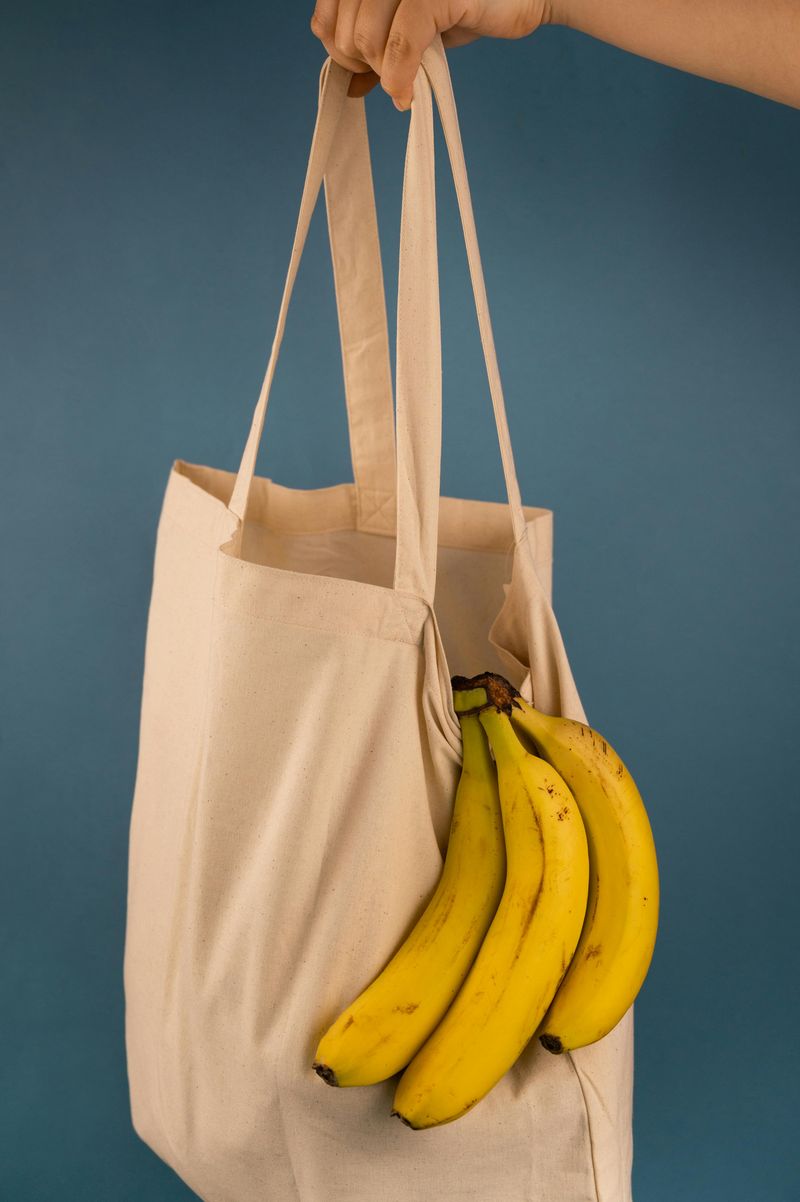
Plastic bag fees add up over time, while flimsy disposables often fail before reaching home. Sturdy reusable bags handle heavier loads without breaking, preventing the heartbreak of groceries scattered across parking lots or stairwells.
Canvas totes last for years of regular use, while foldable options tuck into purses or glove compartments for unexpected shopping trips. Many stores now offer discounts for bringing your own bags, creating additional savings with each use.
Beyond groceries, these versatile carriers excel for library books, beach essentials, and gym clothes. Frugal shoppers often collect free promotional bags from events, building their collection without spending a dime while reducing environmental impact.
10. Multi-Purpose Furniture

Furniture that serves multiple functions eliminates the need for additional purchases. Storage ottomans hide blankets while providing extra seating, and sofa beds accommodate overnight guests without dedicating permanent space to rarely-used guest rooms.
Expandable dining tables adapt to both intimate dinners and larger gatherings. Bookshelves with decorative bins organize everything from office supplies to children’s toys while creating attractive displays.
Smart furniture investments focus on quality construction that withstands years of use. Frugal decorators often choose neutral, timeless pieces that transition between different home styles, eliminating the expense of complete room makeovers when design preferences evolve.
11. Water Filtration System

Bottled water consumers often spend hundreds yearly on something available nearly free from their taps. A simple pitcher filter or faucet attachment removes contaminants and improves taste for pennies per gallon compared to bottled alternatives.
Carrying reusable water bottles filled from home filtration systems eliminates impulse beverage purchases throughout the day. The environmental impact reduction comes as a bonus to the financial savings.
Filter replacement schedules vary by brand and water quality, but most cost far less than a single week of bottled water consumption. Budget-conscious households often set calendar reminders for maintenance to ensure optimal filtration without unnecessary early replacements.
12. LED Lighting
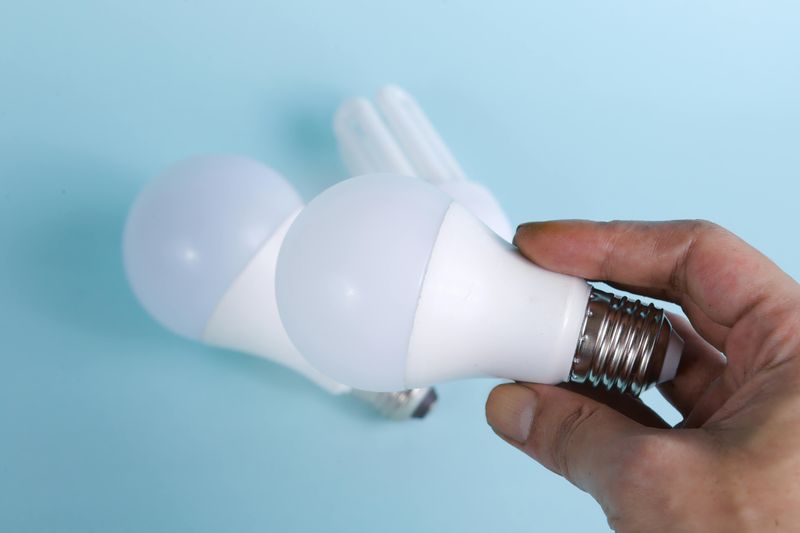
Replacing just five frequently-used light fixtures with LED bulbs saves approximately $75 yearly on electricity bills. While costing more initially, these energy-efficient alternatives last 15-25 times longer than incandescent bulbs, eliminating frequent replacements.
Modern LEDs provide warm, appealing light unlike the harsh glow of early versions. Many options work with dimmer switches for customized lighting levels that further reduce energy consumption.
Smart shoppers watch for utility company rebates that sometimes make LEDs available below regular retail pricing. Calculating the return on investment often shows complete cost recovery within months, followed by years of energy savings that benefit both wallets and the environment.
13. Heavy-Duty Adhesive Tape
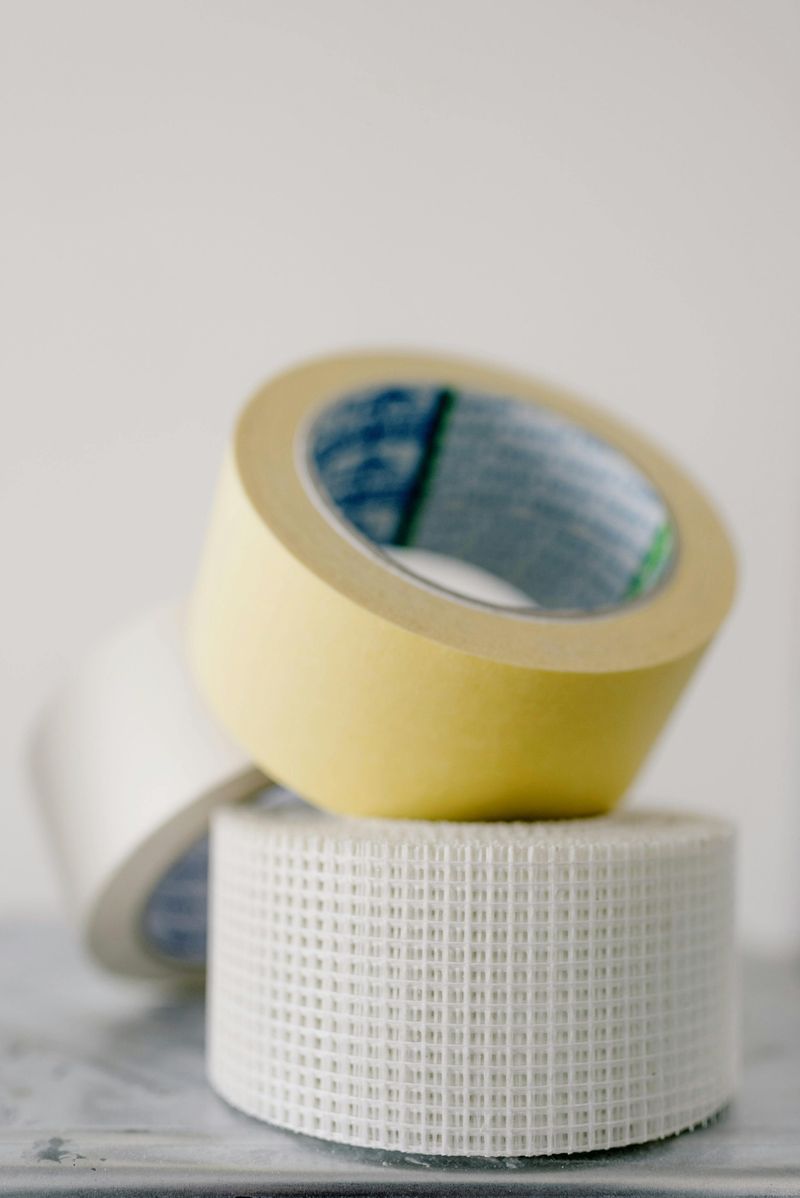
Professional repairs often come with minimum service charges that exceed the cost of materials many times over. A quality roll of duct tape or heavy-duty repair tape handles temporary fixes from torn vacuum hoses to cracked plastic containers.
Waterproof varieties excel for emergency plumbing repairs until permanent solutions can be implemented. Clear gorilla tape makes nearly invisible mends on items where appearance matters.
Beyond repairs, these versatile adhesives secure holiday decorations, create temporary hem adjustments, and reinforce package seals. Frugal households keep rolls in multiple locations – kitchen, garage, and cars – ensuring this problem-solver remains readily available when unexpected breaks occur.
14. Home First Aid Station
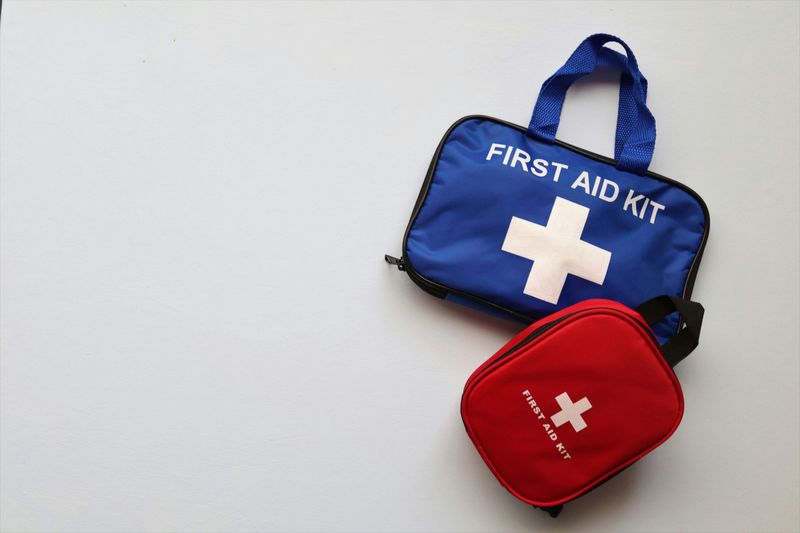
Urgent care visits for minor injuries often cost $100+ before insurance, while basic supplies to treat the same issues at home cost mere dollars. A well-stocked first aid kit handles everyday mishaps from kitchen cuts to playground scrapes without medical facility fees.
Essential supplies include adhesive bandages in various sizes, antibiotic ointment, and pain relievers. Adding tweezers, scissors, and an instant cold pack prepares households for a wider range of minor emergencies.
Organizing supplies in a clear container with compartments ensures quick access during stressful moments. Budget-conscious families regularly check expiration dates during seasonal cleaning routines, replacing only what’s necessary rather than purchasing entire new kits.
15. Pantry Staples Collection
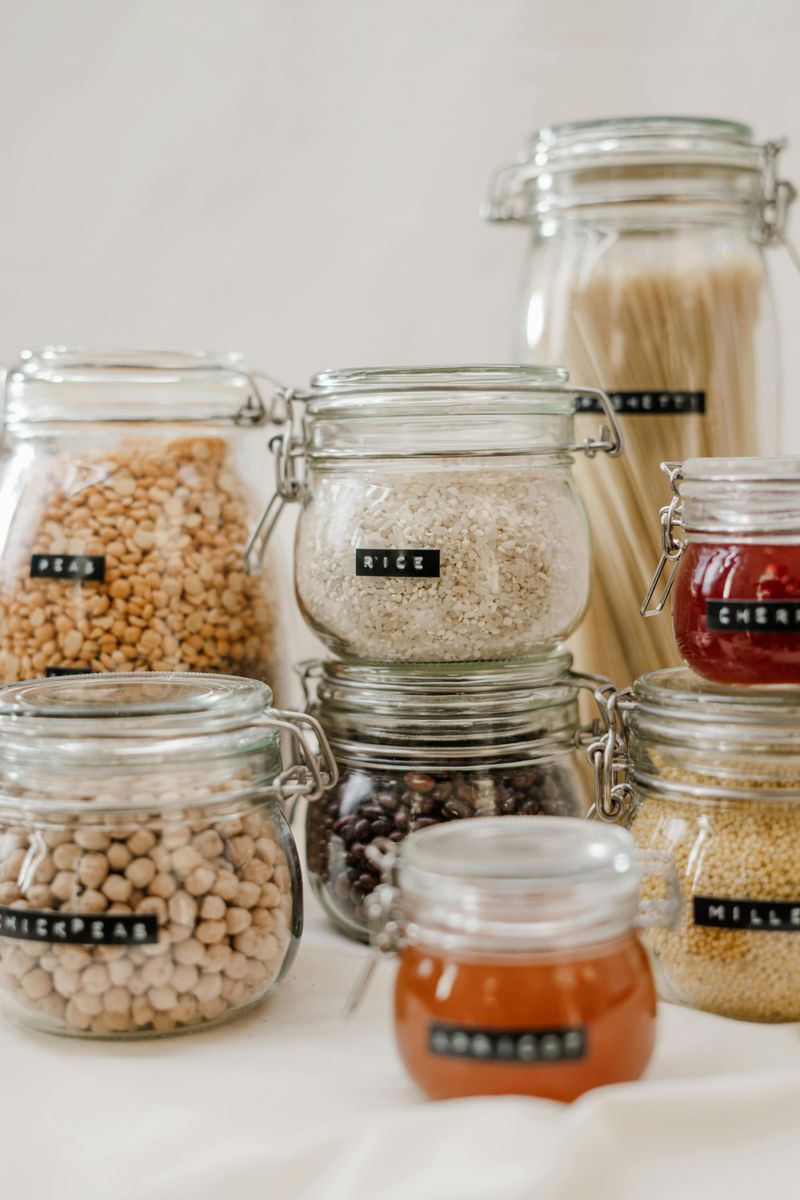
Restaurant meals often cost 300% more than home-cooked alternatives using similar ingredients. A strategically stocked pantry with spices, grains, and shelf-stable basics enables delicious meals without last-minute grocery runs or expensive takeout orders.
Buying spices from bulk bins allows purchasing exact amounts needed at fraction of pre-packaged prices. Rice, pasta, and beans provide filling meal foundations that cost pennies per serving while adapting to countless flavor profiles.
Mason jars or clear containers transform ordinary pantry items into visually appealing displays while protecting against pests. Budget meal planners report that visible inventory reduces food waste and inspires creativity with existing ingredients rather than unnecessary purchases.

Comments
Loading…